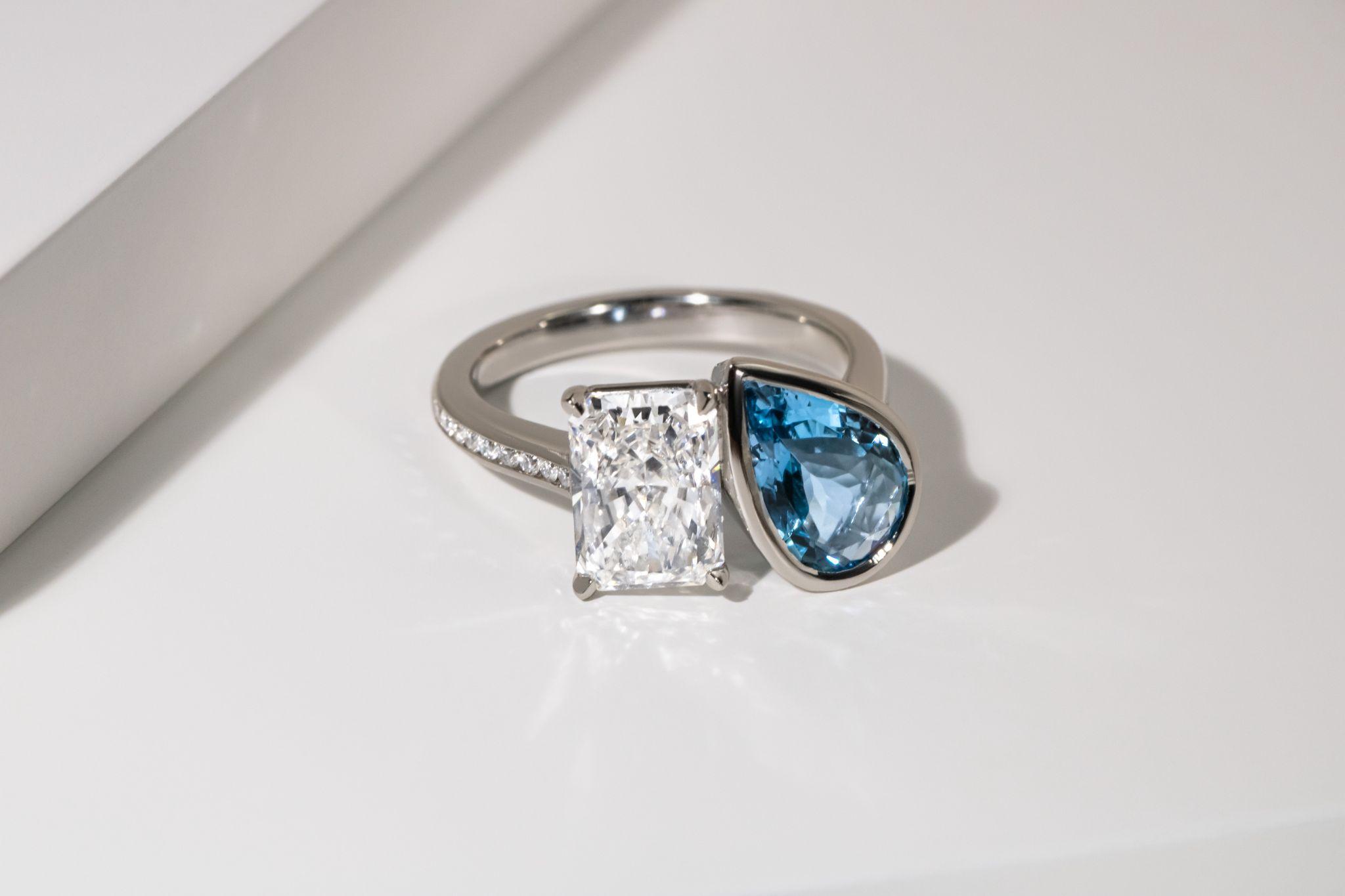Last Updated on March 4, 2024 by Dogs Vets
Betta fish, commonly known as Siamese fighting fish. This is one of the most popular fish species. With its jewel-toned color and flowing fins, the betta fish is a perfect addition to any fish lover’s home.
Not all betta fish engage in fighting; only the males typically display aggressive behavior. A female son can be accompanied.
Despite the fact that they are often sold, betta should not be kept in a fish bowl. Bettas thrive best in soft, warm water with a pH that is neutral to slightly acidic. With proper care, betta can live for 2 to 3 years.
Characteristics
| Family | Belontiidae |
| Origin | Cambodia, Thailand |
| Social | Males cannot be kept together |
| Tank Level | All |
| Minimum Tank Size | 2 gallon |
| Diet | Live foods preferred |
| Breeding | Egglayer (bubble nest) |
| Care | Easy to Intermediate |
| pH | 6.8 to 7.4 |
| Water Hardness | Up to 20 dGH |
| Temperature | 75 to 86 F |
Origin and Distribution
Bettas breed in the shallow waters of Thailand (formerly called Siam, hence their name), Indonesia, Malaysia, Vietnam and parts of China.
These areas are home to rice paddies, ponds, slow-moving rivers and swamps, all of which are home to sons. Nowadays, bettas have been introduced to various locations, leading to the emergence of non-native populations in multiple countries.
The common name, Siamese fighting fish, was coined due to the practice of organized fights between males, such as cockfights. These matches continue to this day, funded by betting revenue. In some places males are specifically bred for aggression, to ensure better fighting ability.
Colors and Markings
The male betta’s brilliant coloring and long flowing fins make it one of the most popular aquarium fish. Females are usually not as brightly colored and have much shorter feathers. In nature, this species is usually not brightly colored.
Captive breeding programs have led to a diverse range of colors in betta fish, including white, yellow, orange, red, pink, blue, green, turquoise, brown, and black. Numerous combinations can be seen, from solid colors to different feather and body colors to patterned colors.
Art forms have also changed due to selective breeding. Curtain tails are joined by crown tail, delta, fan, half moon, lyre, and split tail, to name a few. Both sexes have a torpedo-shaped body and an upturned mouth ready to feed on the surface.
Mature adults reach a size of two to three inches, with females slightly smaller than males.
A unique feature of this species is the presence of a labyrinth organ that allows them to take oxygen from the atmosphere instead of water, thus allowing them to survive in low-oxygen pools.
Tankmates
Male bettas cannot be housed together unless there are dividers in the tank to keep them separated. Multiple females can usually be kept together without problems, and a male can also be added to the mix.
They can be kept with other peaceful species of fish, as long as they are small and not feather-bearing types, such as tiger barbs.
WARNING
Male betta should not be kept with other fish with body types and long fins, as they may perceive them as competitors.
Betta Habitat and Care
Bettas are one of the most recognizable, most colorful, and often controversial fish in the freshwater aquarium hobby.
Debate rages about the appropriateness of keeping them in small bowls. To fully understand their needs, it is important to be familiar with their native habitat, where they live in large rice paddies, shallow ponds, and even very slow-moving rivers.
Although many fish keepers are aware that bettas come from shallow waters, water temperature is often overlooked.
Betta’s native countries are tropical, which means the water temperature is quite warm, often into the 80s. The temperature of the water is probably the biggest argument against keeping the betta in a small bowl, where the heat cannot be easily controlled. Really, the best option is to keep them in a betta fish tank.
WARNING
Bettas thrive on heat and will quickly become listless when the water temperature drops below 75 F.
Diet and Feeding
Feed the betta fish two to four tablets twice a day. In the wild, bettas primarily feed on insects and insect larvae. They are designed with an inverted mouth that is perfect for scooping up any nasty bugs that fall into the water.
Internally their digestive system is designed for meat, their alimentary canal is much shorter than that of vegetarian fish. For this reason, live foods are the ideal diet for bettas, however, they will adapt to eating flake foods and frozen or freeze-dried foods, such as:
- Brine shrimp
- Daphnia
- Plankton
- Tubifex
- Glassworms
- Beef heart
All of these are great options that can be found frozen or freeze-dried. If flake food is fed, it should be mixed with frozen and freeze-dried foods, and live foods if possible.
Gender Differences
Males are usually more brilliantly colored and have longer and flowing feathers. They also have a more distinct “beard” (under the gill structure) and are generally larger than females. Females have shorter wings and show vertical stripes and egg space when ready to copulate.
Breeding the Betta
Betta fish live for a very short time and are best for breeding when they are less than a year old. They make bubble nests for breeding and do not require a large tank or special equipment.
Breeding bettas is easier with a tank that has no gravel in the bottom, and a smaller tank is fine. To prepare them, feed them live food. Keep the water in the breeding tank at a pH of about 7.0 and around 80 degrees Fahrenheit.
When the male is ready to mate, he will build a large bubble nest. The female must have a place to hide as the male can be aggressive. Sometimes, the female may lose some scales or damage her feathers during mating.
When it’s time to mate, male and female bettas display bright colors and circle each other under the nest. After releasing the eggs, the male wraps around the female. He fertilizes them and then collects them in the nest. After that, it is better to remove it to keep the woman safe.
The male will deal with the home, returning any eggs that tumble to. Following a little while, the eggs lid, and you’ll see little fish hanging out of the home. They will live off their yolk sacs for a couple of days while the male really focuses on them.
After free swimming, eliminate the male as he might eat them. Feed the child fish a couple of times each day with minuscule food like child salt water shrimp or extraordinary fish food. Be mindful so as not to give them an excess of food, or it will make the water messy and hurt them.
FAQ
What is the average lifespan of betta fish?
Ans: Betta fish usually have a lifespan ranging from two to five years.
How many betta fish are suitable for a tank?
Ans: For male betta fish, it’s recommended to keep only one in a tank. However, if you have female bettas, multiple can coexist in the same tank.
Are betta fish considered easy to maintain?
Ans: Betta fish are generally low-maintenance pets. However, they do require regular water changes and consistent temperature regulation in their tank.
Fact Check
We strive to provide the latest valuable information for pet lovers with accuracy and fairness. If you would like to add to this post or advertise with us, don’t hesitate to reach us. If you see something that doesn’t look right, contact us!

















